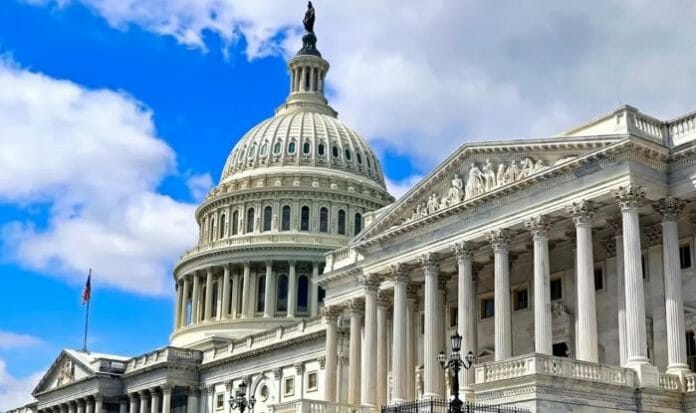The global financial landscape is marked by a delicate balance, with the USD exhibiting resilience after a recent sell-off and Europe facing critical events shaping its FX (EUR) dynamics. In focus are the US dollar’s stability, influenced by disappointing ISM manufacturing data, and Europe’s anticipation of the UK budget unveiling and ECB policy meeting.
US Dollar Overview
Despite a setback last week, the US dollar stabilized, with the dollar index holding above the 104.00-level. The catalyst for the sell-off was the unexpected decline in the ISM manufacturing survey for February, impacting business confidence and employment sub-components.
While this tempered early-year optimism, the manufacturing PMI survey and regional Fed surveys provide contrasting signals, reflecting the intricate nature of the economic landscape that we are living right now.
Amidst these dynamics, the consensus forecast anticipates a slowdown in US GDP growth to 1.8% in Q1, following robust growth in the latter half of the previous year. Eyes are now on the upcoming ISM services and services PMI surveys for February, expected to offer a clearer indication of US growth momentum.
Fed Policy Outlook
The week’s pivotal events for Fed policy include Chair Powell’s semi-annual testimony to Congress and the release of the Nonfarm Payrolls report for February. Market expectations currently align with the timing of the first Fed rate cut in June, anticipating a total of 89bps in cuts by year-end. Powell’s testimony is anticipated to echo the Fed’s plans outlined in the December FOMC meeting, maintaining the market’s expectations for three rate cuts in 2024.
The recent inflation uptick in January, deemed temporary by most Fed officials, adds complexity to the scenario. The NFP report on Friday emerges as a potential market mover; a strong labour market performance could challenge rate cut expectations and inject upward momentum into the US dollar.
Europe FX Dynamics
In Europe, attention is divided between the unveiling of the UK government’s budget and the ECB’s policy meeting. Chancellor Hunt’s caution regarding the scale of tax cuts has triggered discussions about spending cuts and tax-raising measures. Fiscal constraints, emphasized by the OBR, may limit the budget’s impact on the UK economy and increase the likelihood of earlier BoE rate cuts, influencing the pound negatively.
In contrast, the ECB’s policy meeting may not signal a dovish stance, given stronger euro-zone inflation data. Core inflation’s resilience in February reduces the likelihood of a significant downward revision to the ECB’s forecasts. ECB officials’ readiness to wait until June for potential rate cuts, contingent on wage growth data, provides a temporary easing of downside risks for the euro.
The interplay between economic data, central bank signals, and global uncertainties will continue to shape the trajectory of both the USD and EUR. I would suggest everyone to remain vigilant, considering the potential market-moving impact of upcoming releases and policy signals.
Market commentary and analysis from Luca Santos, currency analyst at ACY Securities









